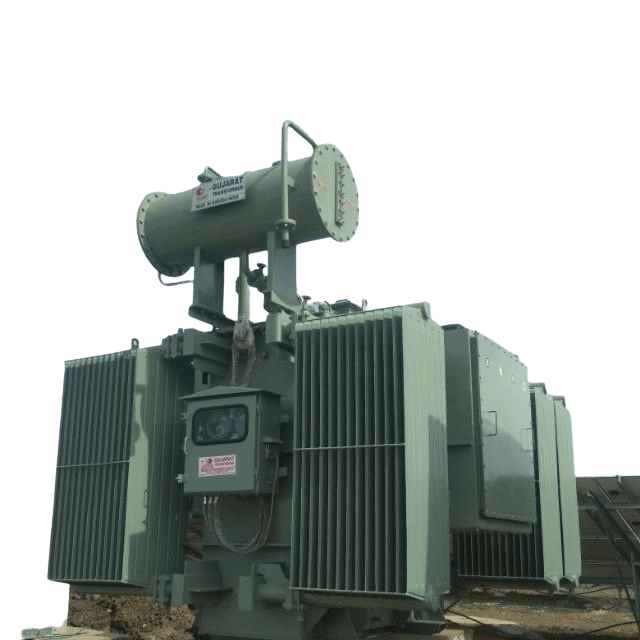
Currently, the most challenging decision for most is to find a suitable location to install a distribution transformer. The energy departments require these transformers to meet the load, load center, possibility, and other requirements.
The Distribution Transformers came to the markets 55 years ago, when the city of Vadodara in Gujarat started constructing them under Gujarat Transformers. It was also made to be a subtype of an isolation transformer.
They function to modify voltage into a standard output of 240V/120V to be easily used in energy distribution. Here’s all you need to know about Distribution Transformers:
Properties
The main properties of a distribution transformer are:
- It’s minimalistic sizing.
- Implementation in low voltage cases (33kV) as a step-down transformer.
- Performance at 60 to 70% of the overall load in the entire day.
- Tap charger requires only 3 to 5 points.
Construction
A distribution transformer model can be created like other types. The main components are:
- Employment of an oil soak that soaks windings and places them inside.
- Followed by installing a conservator above it, outside the whole unit.
- Attach the conservator to the tank with a metallic tube, so the oil temperature is manageable.
- Application of Buchholz relay to monitor errors and improve the movement of oil.
- A silica gel breather set is attached to absorb humidity.
- An oil indicator is attached to control the rate of oil flowing.
- The oil temperature is measured with a thermometer that disconnects the device at high temperatures.
- The pressure is released through a pressure relief to avoid heat explosions and a thermal relay.
- A radiator controls the cooling efficiency, and the bushing connects the interior with the exterior.
Design
The design of a Distribution Transformer includes the following components:
- Input Connections – the primary section, electricity enters the system through them.
- Output Connections – the secondary section connects the transformer with electric instruments in-use.
- Winding – the primary winding draws energy for supply, and the secondary transmits it to the equipment.
- Core – the path of magnetic flux eliminates heat.
Applications
The applications of Distribution Transformers are as follows:
- Due to a significant variation between high and low voltage points, these are used greatly in homes and businesses.
- They operate mainly to step down the input voltages, so isolation is created between the primary and secondary windings of the transformer.
- Through power plants, transformers distribute electricity to the areas remote from the generation.
- Distribution transformers can supply industries with usage less than 33 kV, < 440 volts – 220 volts in domestic appliances.
Conclusion
Depending on your usage, the Distribution transformers come on the top because of their uninterrupted power supply. These transformers cater to the ease of maintenance and operation at loads that are average and accessible. Since these transformers can be powered for the entire day, irrespective of the load, they can drop the iron wastes and model the performance. They don’t necessarily perform at their total capacity daily, but at lower potentials, they tend to supply with optimal efficiency.


